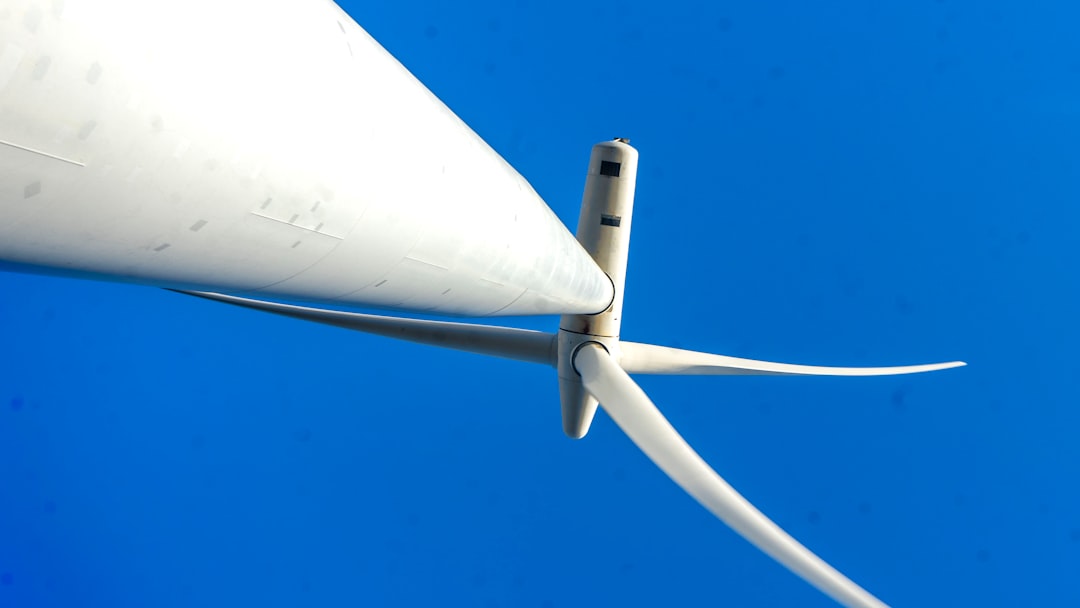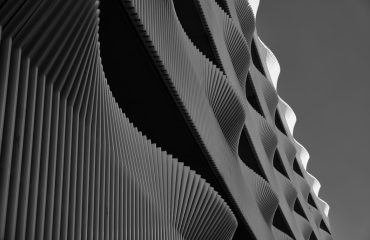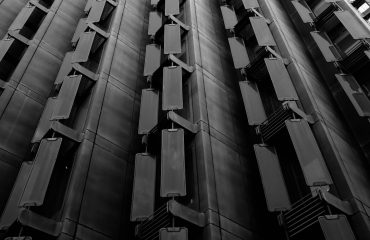Wind turbines, the silent giants of renewable energy, rely on a complex interplay of components to harness the power of the wind. While the blades themselves capture the kinetic energy, their performance and longevity depend critically on a robust and reliable support system. This system, often overlooked, plays a pivotal role in ensuring the efficient and safe operation of the entire turbine. This post delves into the intricacies of wind turbine blade support systems, exploring their design, materials, maintenance, and the future innovations shaping this vital aspect of wind energy technology.
1. The Anatomy of a Blade Support System: A Multifaceted Design
A wind turbine blade support system is far more than just a simple connection. It’s a sophisticated assembly designed to withstand immense forces, including centrifugal forces generated by blade rotation, aerodynamic loads from wind gusts, and the weight of the blade itself. The key components typically include:
- Pitch Bearing: This crucial component allows for the adjustment of the blade’s angle (pitch) to optimize energy capture and protect the turbine during high winds. It’s often a sophisticated bearing system capable of withstanding significant loads and precise adjustments.
- Main Bearing: Located at the hub, the main bearing supports the entire rotor assembly, including the blades and the hub itself. It’s designed to handle immense radial and axial loads and typically employs advanced rolling element bearings or hydrodynamic bearings.
- Hub: The central component connecting the blades to the low-speed shaft. The hub’s design is critical for distributing loads evenly across the blades and ensuring proper alignment.
- Blade Root Connection: This is the interface between the blade and the hub. It’s a crucial area, often incorporating specialized bolts, flanges, or composite structures designed for high strength and fatigue resistance.
- Structural Support within the Blade: The blade itself contains internal structures (spar caps, shear webs) that distribute the loads from the root to the tip, working in concert with the hub and pitch bearing.
2. Materials Science: Choosing the Right Stuff for Extreme Conditions
The materials used in blade support systems must possess exceptional strength, fatigue resistance, and durability to withstand the harsh environmental conditions and cyclical loading experienced during operation. Common materials include:
- High-Strength Steels: Used in many hub components and critical connections due to their high tensile strength and fatigue resistance.
- Advanced Composites: Increasingly used in blades and hub components, offering a high strength-to-weight ratio and superior fatigue performance. Carbon fiber reinforced polymers (CFRP) and glass fiber reinforced polymers (GFRP) are prominent examples.
- Specialized Alloys: Specific alloys, such as those with enhanced corrosion resistance, are employed in critical areas exposed to moisture and salt spray.
- Advanced Lubricants: High-performance lubricants are essential for extending the lifespan of bearings and reducing friction. These lubricants must be resistant to extreme temperatures and environmental conditions.
3. Maintenance and Inspection: Ensuring Operational Reliability
Regular maintenance and inspection of the blade support system are crucial for ensuring the safe and efficient operation of the wind turbine. This involves:
- Visual Inspections: Regular visual checks for signs of damage, corrosion, or wear and tear.
- Vibration Monitoring: Continuous or periodic monitoring of vibration levels to detect early signs of bearing failure or other mechanical issues.
- Lubrication Schedules: Adherence to scheduled lubrication procedures to maintain optimal bearing performance.
- Non-Destructive Testing (NDT): Techniques such as ultrasonic testing or radiographic inspection are used to detect internal flaws in critical components.
- Component Replacement: Proactive replacement of worn or damaged components to prevent catastrophic failures.
4. The Impact of Design Innovations: Enhancing Performance and Reducing Costs
Continuous innovation in blade support system design is driving improvements in efficiency, reliability, and cost-effectiveness. Key areas of innovation include:
- Lightweight Designs: Reducing the weight of the blade and hub assembly reduces stress on the support system and lowers manufacturing costs.
- Improved Bearing Technologies: Advances in bearing design and materials are leading to longer bearing lifespans and reduced maintenance requirements.
- Advanced Monitoring Systems: Real-time monitoring systems provide valuable data for predictive maintenance, minimizing downtime and optimizing operational efficiency.
- Optimized Blade-Hub Connections: Innovative designs for blade root connections improve load distribution and fatigue resistance.
5. The Future of Blade Support Systems: Towards a Greener Tomorrow
The future of wind turbine blade support systems is closely tied to the ongoing drive for larger, more efficient, and cost-effective wind turbines. This includes:
- Development of novel materials: Research into advanced composites and high-strength alloys will continue to improve the strength-to-weight ratio and fatigue resistance of critical components.
- Integration of smart technologies: The incorporation of sensors and data analytics will enable predictive maintenance and real-time optimization of turbine performance.
- Focus on sustainability: Increased use of recycled materials and sustainable manufacturing processes will reduce the environmental footprint of wind turbine blade support systems.
- Modular designs: Modular designs will simplify maintenance, repair, and component replacement, reducing downtime and costs.
In conclusion, the seemingly simple task of supporting wind turbine blades is actually a complex engineering challenge. The ongoing advancements in materials science, design, and maintenance strategies are crucial for maximizing the efficiency, reliability, and lifespan of these vital components, ultimately contributing to a more sustainable energy future.
SEO Tags: Wind Turbine Blades, Blade Support Systems, Wind Turbine Maintenance, Wind Turbine Bearings, Renewable Energy Technology




